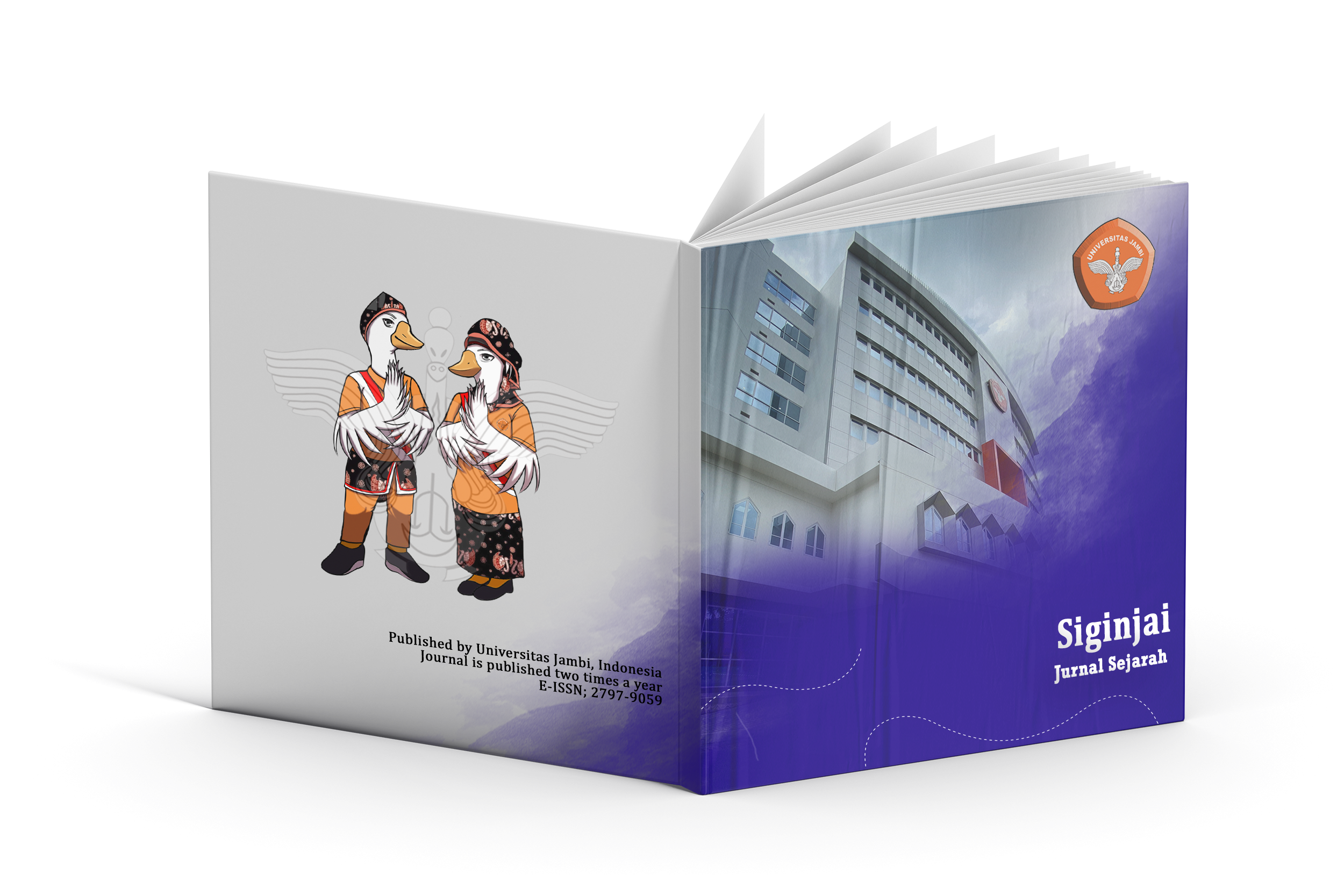NIAM (Netherlands Indies Agricultural Institute) School: Oil Exploration & Basic Education in Bajubang
Eksplorasi Minyak dan Pendidikan Dasar di Bajubang
DOI:
https://doi.org/10.22437/js.v4i1.29932Keywords:
Pendidikan, Sekolah Rakyat, BajubangAbstract
This research aims to discuss the development of education in the Bajubang area. Ethical politics was a pioneer in the development of education in the Dutch East Indies region. The implementation of this ethical political policy was carried out by the Dutch as an opportunity to obtain cheap labor from the native community. Schools began to be built by the Dutch in various regions in Indonesia, one of which was Bajubang. The development of education in the Bajubang area cannot be separated from the petroleum exploitation activities carried out by the NV NIAM company or the oil company owned by the Dutch government in Jambi. NV NIAM established a lower level school called SR NIAM and managed by the company. During Japanese rule, this school only carried out teaching and learning activities for a year and resumed operations after Indonesia's independence. After independence, SR NIAM experienced development and changed its name to SR PERTAMIN, in 1964 it became SD PERTAMIN. The curriculum used by this school follows government standards. In 1968, PERTAMIN Elementary School was changed to Pertamina I Elementary School and Pertamina II Elementary School, until in 1995 these two schools were merged again to become YKPP Bajubang Elementary School. This research uses historical research methods which include heuristics, source criticism, interpretation, and historiography.
Downloads
Downloads
Published
How to Cite
Issue
Section
License
Copyright (c) 2024 Penulis memiliki hak cipta atas naskah dan Jurnal Siginjai memegang hak publikasi atau penerbitan

This work is licensed under a Creative Commons Attribution-ShareAlike 4.0 International License.















